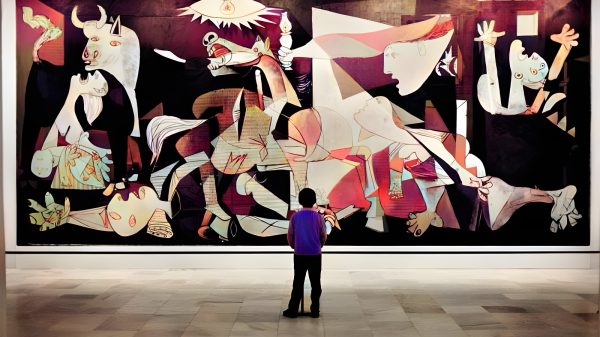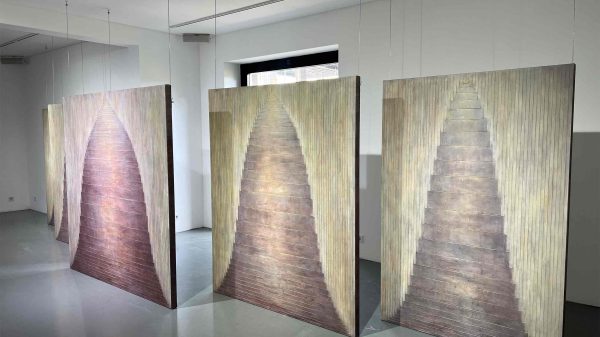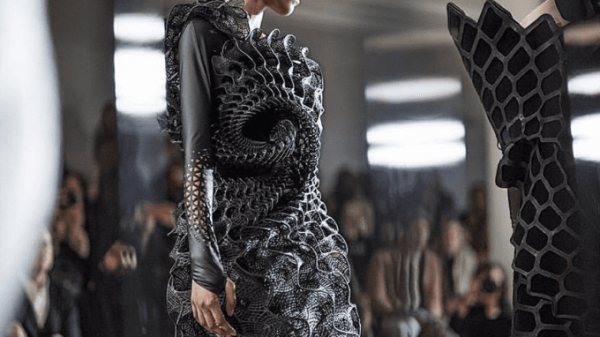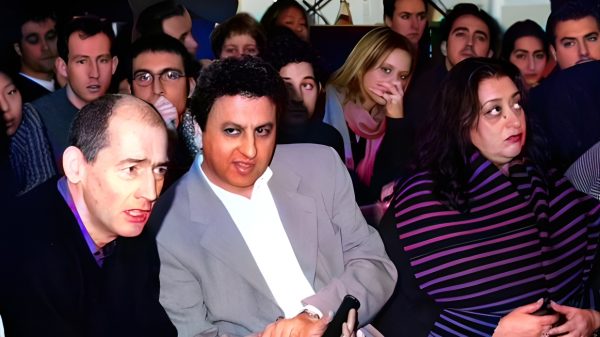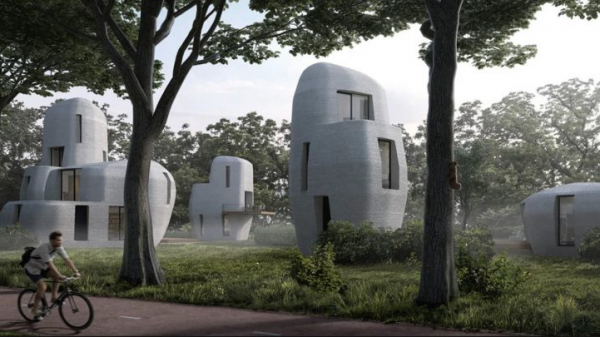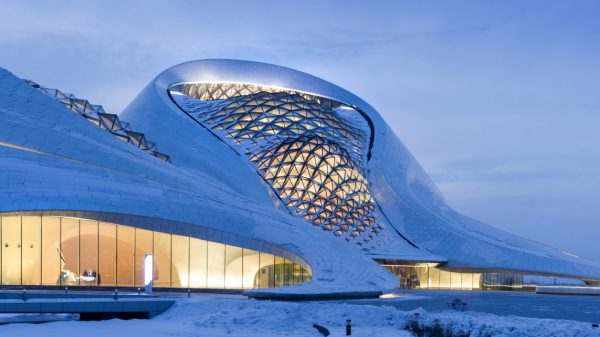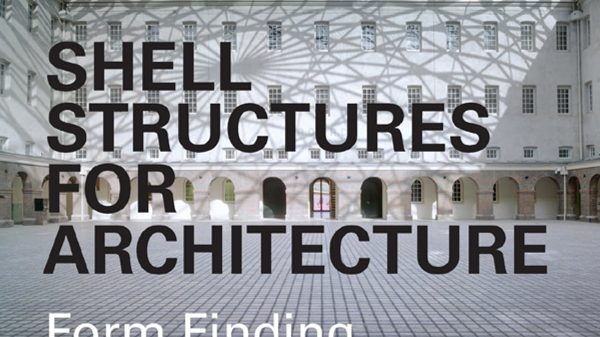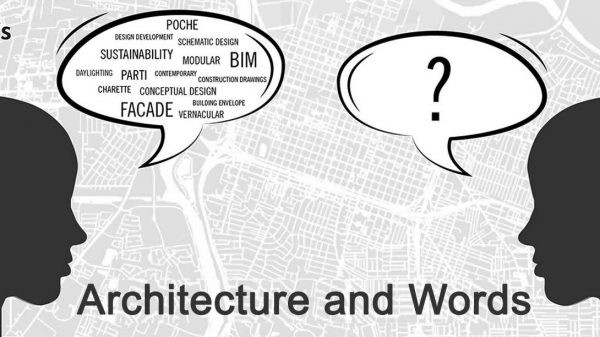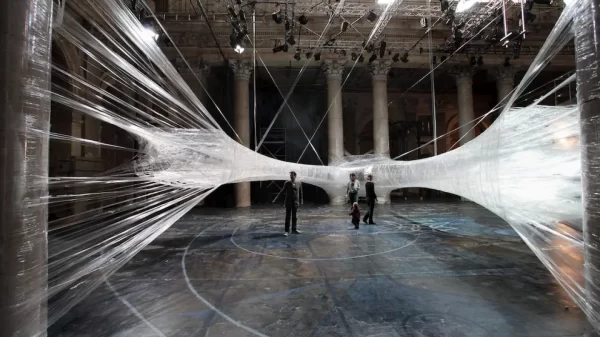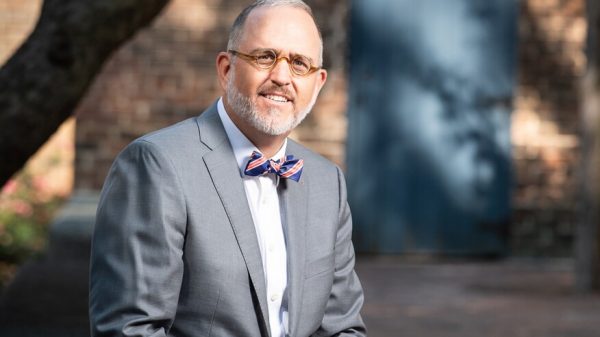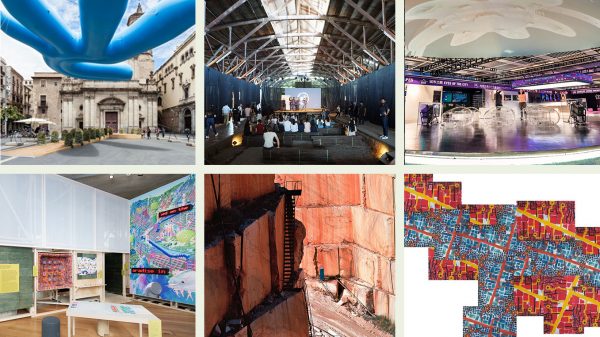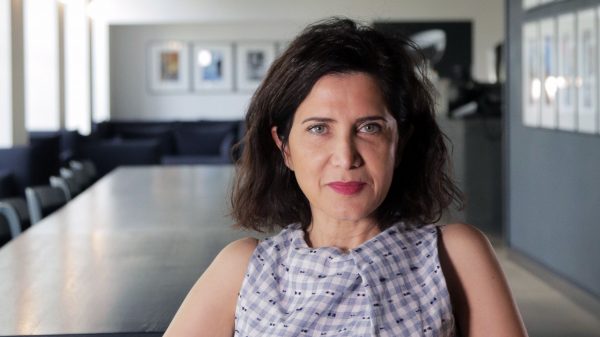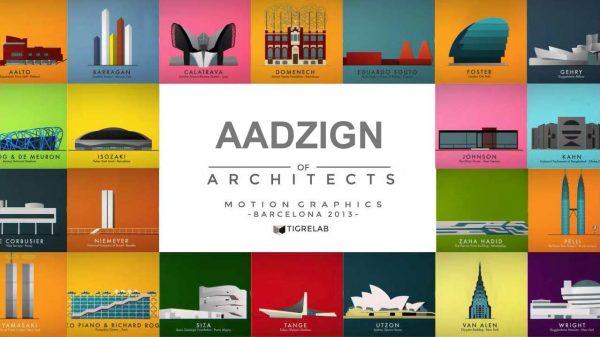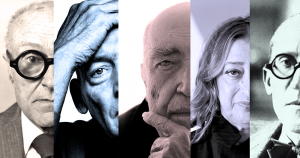Are you feeling short on inspiration today?
TED Talks That “Talk The Talk” : Finidng Inspiration Through The Correct Questions Ted Talks are a series of online lectures on various topics, all meant to teach and inspire people around the world, creating a community of enlightened people. So it comes as no surprise that many people invited to give Ted Talks are architects and designers. Designers tend to see things differently and explore ideas which make for good discussion and learning curbs and ultimately promote lessons worth sharing.
Founded in 1984 by architect and graphic designer Richard Saul Wurman, there have been many architecture presentations throughout the conferences—but there are even more inspirational talks which aren’t necessarily about architecture. Here we’ve compiled 10 of the best TED Talks will certainly appeal to the architectural mindset.
For a jump-start, try watching one of these 10 TED Talks – “The 10 Most Inspirational TED Talks for Architects.” Wherever your interests lie, the passionate people featured in these videos – For more than 3 decades now, the annual TED Conference and its many affiliated events have served as an important platform for, as their tagline puts it, “Ideas worth spreading,” and has inspired countless people through its fast paced thought-provoking presentations.
Covering a variety of topics such as creativity, art, productivity, technological advancements, and the science of cities and the natural environment, these videos will inspire you to become a better architect. Many architectural magazines and online communities have provided the top 10 or 20 most inspiring Ted Talks to watch for architects, being the obsessive. Having watched these relatively short clips, ranging anywhere between 12 minutes to 25minutes, I was inspired!
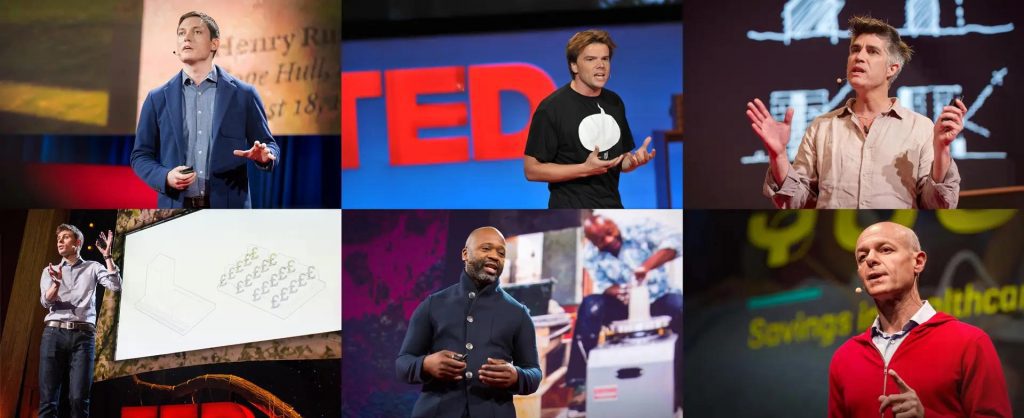
The list below includes not only architects but designers and people from different walks of life, but the common thread being “asking the right questions” and speakers with a personality, something I believe all architects and designers need to do in order to respond to their design and keep people interested long enough to appreciate their hard work. These 10 speakers came up with different questions and applied the answers differently and they all are honest enough to admit their flaws and failures.
Which non-architectural TED talks have inspired you?
Don’t forget to share further recommendations in the comments below!
Tell us which ones we should add on to this list?
See them all, after the break.
1_Thom Mayne, How architecture can connect us.
Widely regarded as one of the world’s most provocative architects, Thom Mayne is only interested in exploring the new, the present and the now. For him, architecture is not a matter of producing a readily imaginable building, but is instead a starting point for a larger discussion. The output of his Santa Monica-based studio, Morphosis, shows the results of the negotiations between concept and reality.
As Mayne describes things, the only constant in his professional career has been people telling him something can’t be done. But he and his studio continue to produce astonishing work for clients worldwide, including government offices, hospitals, restaurants, residences and schools. Redefining how buildings work both within themselves and within their environment, Mayne and Morphosis are forging dramatic new landscapes for a startlingly modern world.
He joined President Obama’s initiative Turnaround: Arts, which uses art education as a tool for success in struggling schools.
What others say
“Thom Mayne has never been a shy architect. His designs mix technological bravura with the kind of urban grit that you associate with [LA]’s sprawling freeways and giant billboards. Yet underneath the tough veneer lies a strong current of social optimism.” — New York Times
2_Daniel Libeskind,17 words of architectural inspiration.
A true renaissance man, Daniel Libeskind possesses a staggering array of creative interests — he has been a free-verse poet, an opera set designer, a virtuoso musician. When he finally settled on architecture, it was not long (in architect-years, anyway) before he had taken the skylines of the world by storm.
His many buildings include the recently opened Contemporary Jewish Museum in San Francisco, in the deep footsteps of his acclaimed design for the Jewish Museum Berlin — his first major building project, and one of the most visited museums in Europe. He also created the spectacular extension to the Denver Art Museum (completed in 2006), and construction is under way on a massive retail complex on the strip in Las Vegas.
Libeskind’s ambitious and highly controversial design for the rebuilt World Trade Center is perhaps his most well known project, and despite almost a decade of political wrangling and bureaucratic whittling, he insists that the final design will retain the spirit of his original renderings.
What others say
“In his best work, he doles out revelations to the patient observer. And he is youthful enough — not to mention ambitious, self-critical, and lucky enough — to make me believe that he hasn’t peaked yet.” — Justin Davidson, New York Magazine
3_Bjarke Ingels,Hedonistic sustainability.
As Bjarke Ingels writes: “Hoping to become a cartoonist, I enrolled into architecture school at the Royal Danish Academy of Fine Arts to improve my drawing skills. I immediately developed an interest in architecture and later studied at the Escola Tècnica Superior d’Arquitectura de Barcelona, where I won my first competition with a few friends.
“I cofounded PLOT Architects with Julien De Smedt in 2001. I founded BIG-Bjarke Ingels Group in 2005. We are a team of architects, designers, urbanists, landscape professionals, interior and product designers, and inventors” who utilize information — “local culture and climate, changing patterns of contemporary life, the ebbs and flows of the global economy”– to drive the design process.
Ingels grew up in Copenhagen, Denmark. He is the author of HOT TO COLD: An Odyssey of Architectural Adaptation and Yes Is More: An Archicomic on Architectural Evolution.
4_Greg Lynn,Organic algorithms in architecture.
Who says great architecture must be proportional and symmetrical? Not Greg Lynn. He and his firm, Greg Lynn FORM, have been pushing the edges of building design, by stripping away the traditional dictates of line and proportion and looking into the heart of what a building needs to be.
A series of revelations about building practice — “Vertical structure is overrated“; “Symmetry is bankrupt” — helped Lynn and his studio conceptualize a new approach, which uses calculus, sophisticated modeling tools, and an embrace of new manufacturing techniques to make buildings that, at their core, enclose space in the best possible way. The New York Presbyterian church that Lynn designed with Douglas Garofalo and Michael McInturf, collaborating remotely, is a glorious example of this — as a quiet industrial building is transformed into a space for worship and contemplation with soaring, uniquely shaped and tuned elements.
In a sort of midcareer retrospective, the book Greg Lynn Form (watch the video) was released in October 2008; recently, Lynn has collaborated with the video team Imaginary Forces on the New City installation as part of the MOMA exhibit “Design and the Elastic Mind.” In November 2008, FORM won a Golden Lion at the Venice Bienniale for its exhibition Recycled Toy Furniture.
What others say
“There are architects who love the Parthenon. Greg Lynn has a thing for the blob.” — Time.com’s
5_Diébédo Francis Kéré, How to build with clay … and community.
Diébédo Francis Kéré grew up in Gando, a small village in Burkina Faso. Having gone away to school, first within his country and then at the Technische Universität in Berlin, Germany, he resolved to give back to the community that raised him. He does that through the power of architecture.
Through his firm, Kéré Architecture, Kéré focuses on using local building materials and techniques in a modern way, to redefine and redesign the enviroment. In Burkina Faso, that means working predominantly with clay, and his innovative approach has seen the creation of remarkably beautiful, modern buildings that are entirely appropriate to the setting.
His first building, a primary school in Gando, was completed in 2001 and received the Aga Khan Award for Architecture. Since then, he has designed other structures for the village; his other work there has also won multiple awards, including the Global Award, the BSI Swiss Architectural Award, the Marcus Prize and the Global Holcim Award Gold 2012.
Kéré also teaches architecture; he has lectured at colleges including the University of Wisconsin Milwaukee, and Harvard. In 2013, he began teaching at the Accademia di Architettura in Mendrisio, Switzerland.
What others say
“African-born architect Diébédo Francis Kéré gets big results by mixing a little mud with a lot of heart.” — Fast Company
6_Alejandro Aravena,My architectural philosophy? Bring the community into the process.
Throughout his career, Alejandro Aravena has grappled with what he calls the “double condition of cities.” Attracting people, knowledge, development and opportunities on one hand, the Chilean architect says cities also concentrate and magnify social pressures.
Through Elemental, the firm he founded in 1994, Aravena has devoted as much time to the design of iconic structures like the San Joaquin Universidad Catolica’s “Siamese Towers” and Santiago’s Metropolitan Park as he has to the design of flexible and beautiful low-cost housing for low-income families. The firm’s work is not just about buildings, but about shaping lives.
Aravena is the winner of the 2016 Pritzker Prize.
What others say
“Aravena’s plans extend far from the standard considerations of building and line, into theories of social organisation and civic engagement. He’s designing buildings, but he’s also designing cities they will occupy and the livelihoods of the people who will live in them.” — Bruce Watson, The Guardian
7_Elizabeth Diller,A new museum wing … in a giant bubble.
Elizabeth Diller is a partner at Diller Scofidio + Renfro, an interdisciplinary design studio based in New York. The practice established its identity through self-generated conceptual art and architecture installations before reaching international prominence with large-scale cultural and civic projects, including the High Line (designed in collaboration with James Corner Field Operations and Piet Oudolf) and the transformation of the Lincoln Center for Performing Arts. The studio’s work continues to address the changing role of institutions and the future of cities.
Alongside partner Ricardo Scofidio, Diller has been recognized with the first MacArthur Foundation fellowship awarded in the field of architecture. She’s the only architect to have been twice featured on TIME Magazine’s “100 Most Influential People” list, having been included in both 2009 and 2018. She is designing multiple projects in Europe including the Hungary Museum of Transport in Budapest and a Collection and Research Centre for the Victoria & Albert Museum, currently under construction. She is a professor of architectural design at Princeton University.
8_Ma Yansong, Urban architecture inspired by mountains, clouds and volcanoes.
In 2004, architect Ma Yansong founded MAD Architects, a global architecture firm committed to developing organic and futuristic environments embodying the natural world. MAD has created a series of imaginative works across the globe that demonstrate how they envision the future city, including the Absolute Towers, Harbin Opera House and Hutong Bubble 32.
In 2014, MAD was selected as the principal designer for the Lucas Museum of Narrative Art, making Yansong the first Chinese architect to design an overseas cultural landmark. In April 2019, the Centre Pompidou opened MAD X, a major exhibition of MAD’s works that exemplifies their architectural vision and expresses the firm’s core vision of a futuristic architecture, akin to dream-like earthscapes, that creates a conversation between nature, earth and sky.
9_Refik Anadol, Art in the age of machine intelligence.
Istanbul native Refik Anadol is a media artist, director and pioneer in the aesthetics of machine intelligence. His body of work puts creativity at the intersection of humans and machines. Using data as his primary material, he creates site-specific sculptures, live audio/visual performances and immersive installations that encourage us to rethink our engagement with the physical world, its temporal and spatial dimensions and the creative potential of machines.
10_Frank Gehry, A master architect asks, Now what?
Frank Gehry is one of the world’s most influential architects. His designs for the likes of the Guggenheim Museum in Bilbao and the Walt Disney Concert Hall in LA are bold statements that have imposed a new aesthetic of architecture on the world at large, enlivening streetscapes and creating new destinations. Gehry has extended his vision beyond brick-and-mortar too, collaborating with artists such as Claes Oldenberg and Richard Serra, and designing watches, teapots and a line of jewelry for Tiffany & Co.
Now in his 80s, Gehry refuses to slow down or compromise his fierce vision: He and his team at Gehry Partners are working on a $4 billion development of the Atlantic Yards in Brooklyn, and a spectacular Guggenheim museum in Abu Dhabi, United Arab Emirates, which interprets local architecture traditions into a language all his own. Incorporating local architectural motifs without simply paying lip service to Middle Eastern culture, the building bears all the hallmarks of a classic Gehry design.
What others say
“He has profoundly reordered the idea of constructed space among people who don’t think about buildings for a living but who work in them, live in them — and pay for them.” — Time
Sources of site videos:
www.TED.com
Which non-architectural TED talks have inspired you?
Don’t forget to share further recommendations in the comments below!
Tell us which ones we should add on to this list?
See them all, after the break.
What do you think of this article?
We love your feedback and would to hear your comments!

